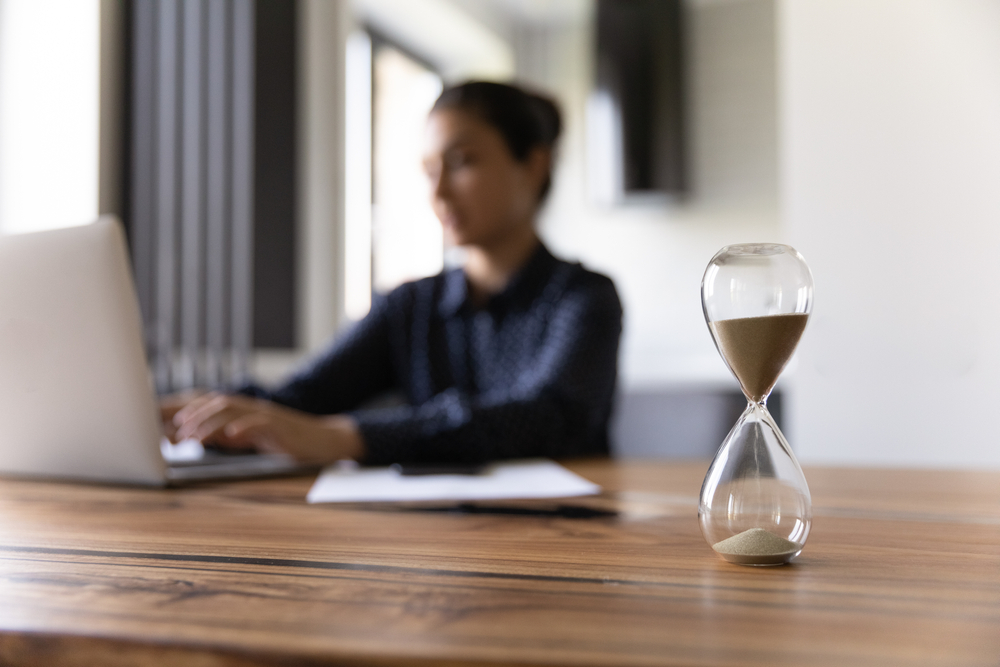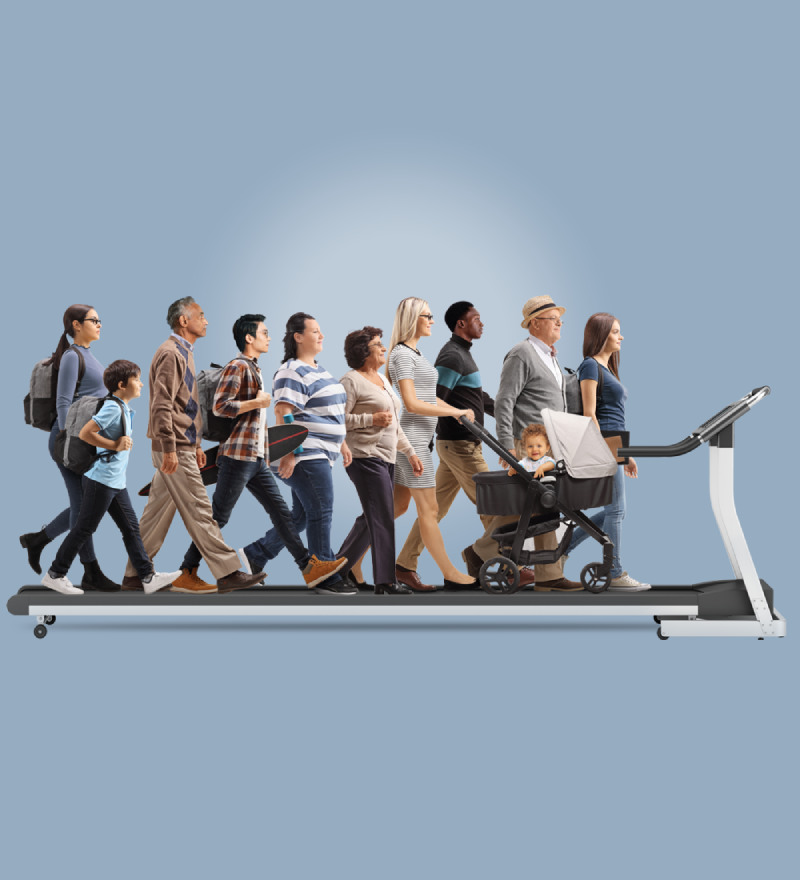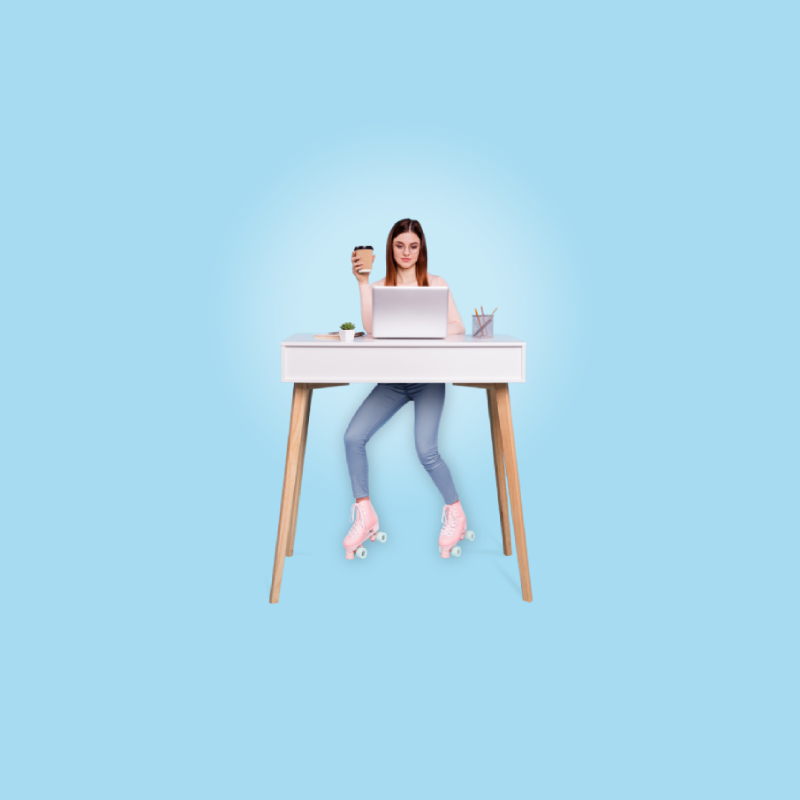Work smarter
When we get busy, it’s hard not to let our physical fitness slip
We see movement as a nice-to-have, rather than a necessity. Let’s change that! Most of us spend upwards of 10 hours a day being sedentary, and breaking up this inactivity is critical for a healthy, happy and productive workday.1


References
References
- OWEN ET AL. (2010). TOO MUCH SITTING: THE POPULATION-HEALTH SCIENCE OF SEDENTARY BEHAVIOR. EXERCISE AND SPORT SCIENCES REVIEW, 38(3), 105–113. https://www.ncbi.nlm.nih.gov/pmc/articles/pmc3404815/
- GOODMAN, H. (2018). REGULAR EXERCISE CHANGES THE BRAIN TO IMPROVE MEMORY, THINKING SKILLS. HARVARD MEDICAL SCHOOL. RETRIEVED FROM https://www.health.harvard.edu/blog/regular-exercise-changes-brain-improve-memory-thinking-skills-201404097110
- RYAN, T., RICE, V., SAUNDERS, J., & LIMBRICK, S. (2018). MEASURING THE EFFECTIVENESS OF WORKPLACE HEALTH MANAGEMENT PROGRAMS: AN AUSTRALIAN EXAMPLE. PREVENTIVE MEDICINE REPORTS, 11, 56–62. https://doi.org/10.1016/j.pmedr.2018.04.018
- WATTLES & HARRIS. (2013). THE RELATIONSHIP BETWEEN FITNESS LEVELS AND EMPLOYEE’S PERCEIVED PRODUCTIVITY, JOB SATISFACTION, AND ABSENTEEISM. JOURNAL OF EXERCISE PHSYIOLOGY, 6(1), 24-32.
- EVANS, L. (2014). THE EXACT AMOUNT OF TIME YOU SHOULD WORK EVERY DAY. FAST COMPANY. RETRIEVED FROM https://www.fastcompany.com/3035605/the-exact-amount-of-time-you-should-work-every-day
- FRIEDMAN, R. (2014). REGULAR EXERCISE IS PART OF YOUR JOB. HARVARD BUSINESS REVIEW. RETRIEVED FROM https://hbr.org/2014/10/regular-exercise-is-part-of-your-job
- PARK, J. H., MOON, J. H., KIM, H. J., KONG, M. H., & OH, Y. H. (2020). SEDENTARY LIFESTYLE: OVERVIEW OF UPDATED EVIDENCE OF POTENTIAL HEALTH RISKS. KOREAN JOURNAL OF FAMILY MEDICINE, 41(6), 365–373. https://doi.org/10.4082/kjfm.20.0165




